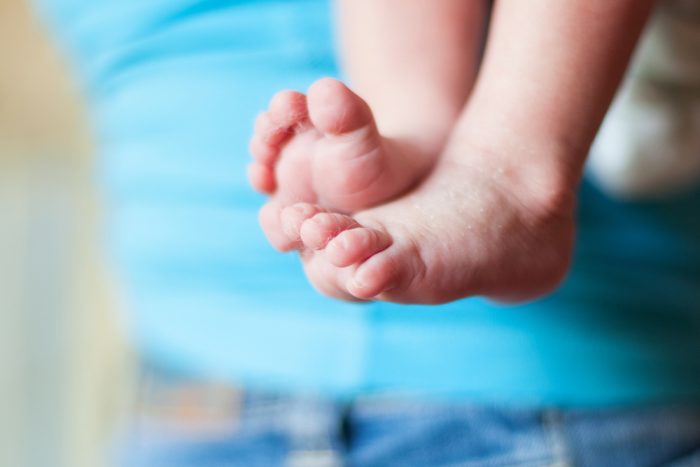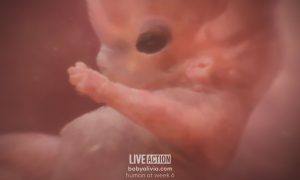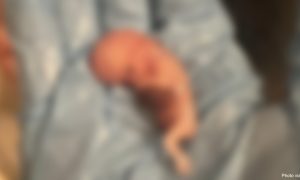While much ado is often made about the necessity of abortion in cases of a prenatal disability diagnosis, one British baby’s story proves that prenatal technology should help us prepare to care for these children rather than propel us toward abortion.
Expectant mother Laura Teale learned at her 20-week anatomy scan that something was wrong with her preborn son Leo’s heart. Teale was referred to specialists at Royal Brompton Hospital in London, who did further testing that confirmed a diagnosis of Total Anomalous Pulmonary Venous Drainage (TAPVD), a congenital heart disease in which veins that “carry oxygenated blood back from the lungs don’t connect to the heart in the normal way,” according to London News Online. Babies with TAPVD may “need urgent surgery to redirect veins from their lungs to their heart soon after they are born,” according to the report, and ultrasound pictures alone are not enough to predict who will need surgery because “[i]t can be hard to see heart defects in detail on conventional scans because the fetal heart is tiny, beats quickly, and the baby moves in the womb, blurring the image.”
READ: New MRI scan shows amazing view of 20-week preborn child
Ultimately, Teale and her baby were referred to specialists at Evelina London Children’s Hospital, the only center in the world that uses the type of specialized MRI technology that helped save Leo’s life. The 3D MRI technology works by piecing together hundreds of MRI photos from different angles. The technology, according to Dr. David Lloyd of Evelina London Hospital — one of Leo’s team along with Dr. Laura Vazquez-Garcia — “allow[s] our teams to see the baby’s heart, lungs, and blood vessels in more detail before they are born.”
With a clear idea of what was going on inside Leo’s tiny heart, his medical team planned for surgery immediately after birth, gathering about 20 healthcare professionals from three hospitals in the delivery room. At first, Leo seemed healthy but began having difficulty breathing, so his team jumped into action just hours after his birth.
Despite the medical team’s detailed knowledge of Leo’s condition, Teale understood that “Even with planned treatment, babies respond differently to the surgery. It was all a big unknown.” Fortunately for Leo, the surgery was a success. The seven-month-old is thriving now and his mother shared that he is “putting on weight, starting to wean and he’s coming off his medication.”
“We feel incredibly lucky that Leo’s condition was picked up,” Teale told London News Online. “No-one wants to have that diagnosis, but for Leo it might have been a completely different story if his condition hadn’t been picked up before he was born.”
Dr. Vazquez-Garcia added, “I’m very pleased that Leo is doing well… Being able to assess the lungs and vessels prior to delivery in this type of heart condition is extremely important.”
READ: Fetal Therapy Think Tank works to advance medicine to save preborn lives
While prenatal surgery and other groundbreaking prenatal technology offer real hope to families who receive a distressing prenatal diagnosis, sadly there are also many who insist that abortion is the best “treatment” for these children. In other words, they believe children with defects or disabilities are better off dead.
Rather than being encouraged to kill their most vulnerable members, families deserve to receive all the facts about their children’s conditions as well as support and encouragement to pursue the best medical outcomes. Even in cases where children are unable to survive outside the womb at all or for only a brief period of time, perinatal hospice helps families bond well and grieve healthily by valuing the dignity of the least among us for every moment of their lives.
“Like” Live Action News on Facebook for more pro-life news and commentary!







